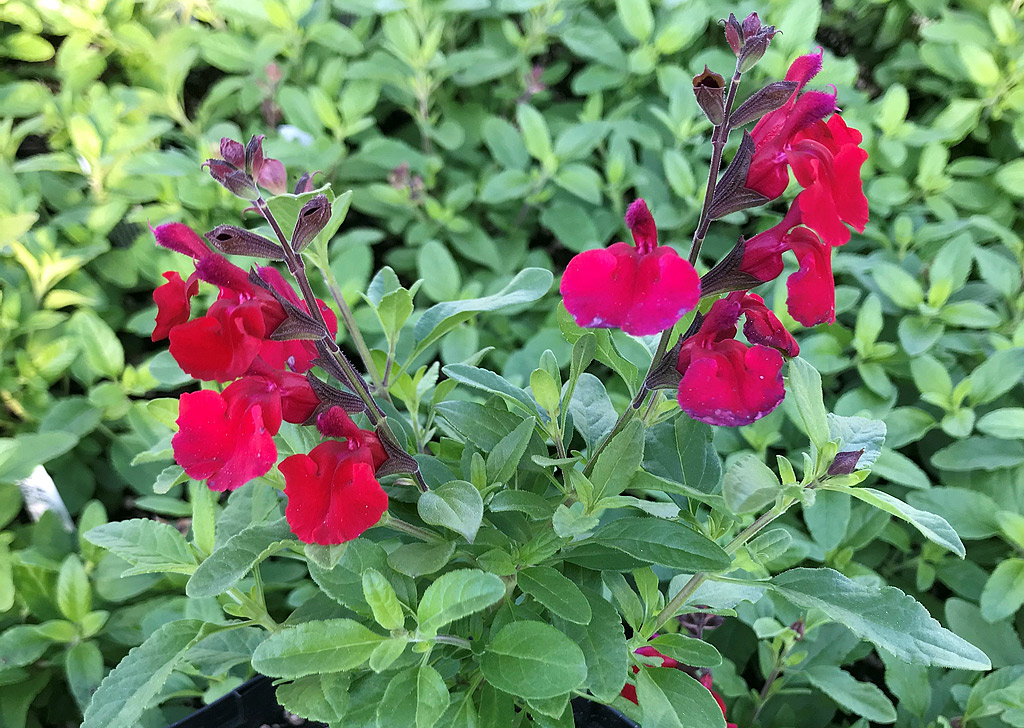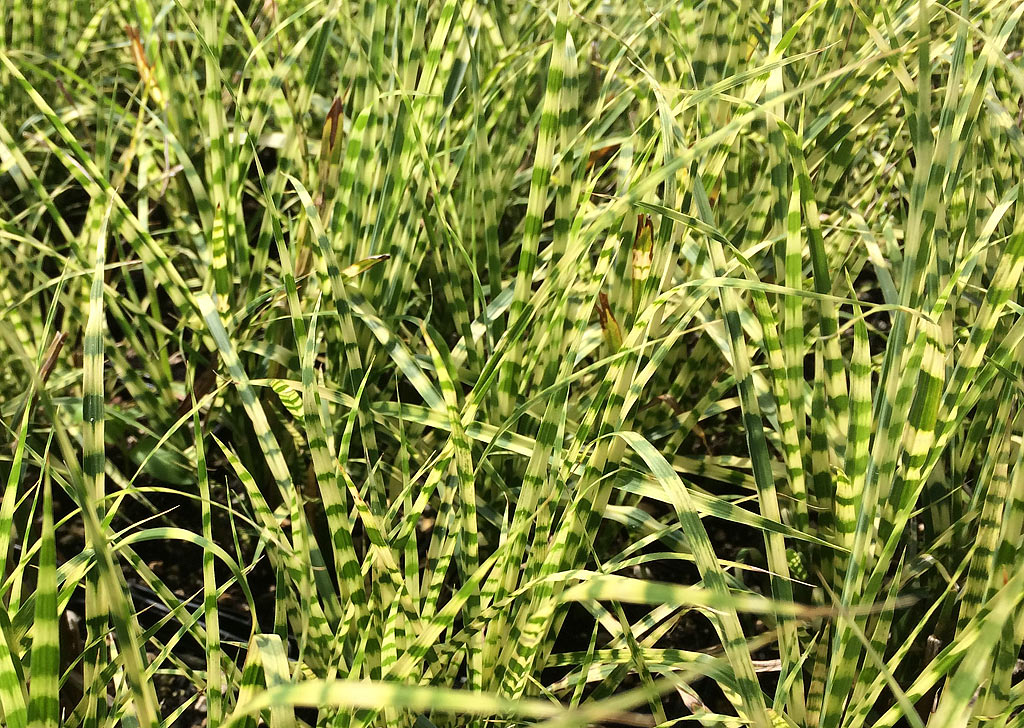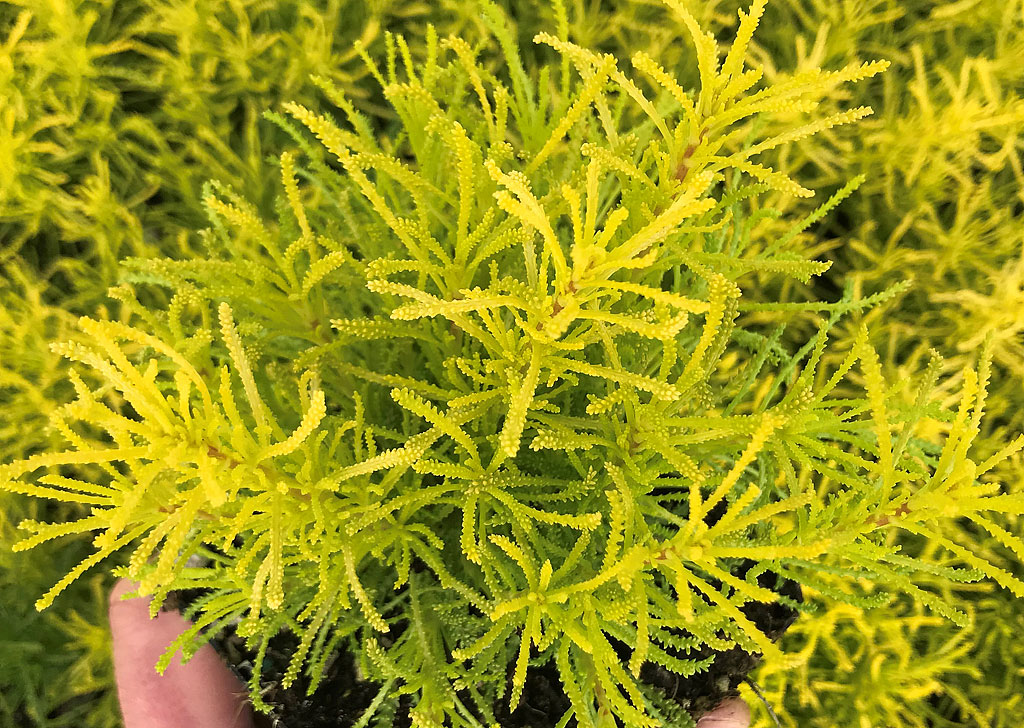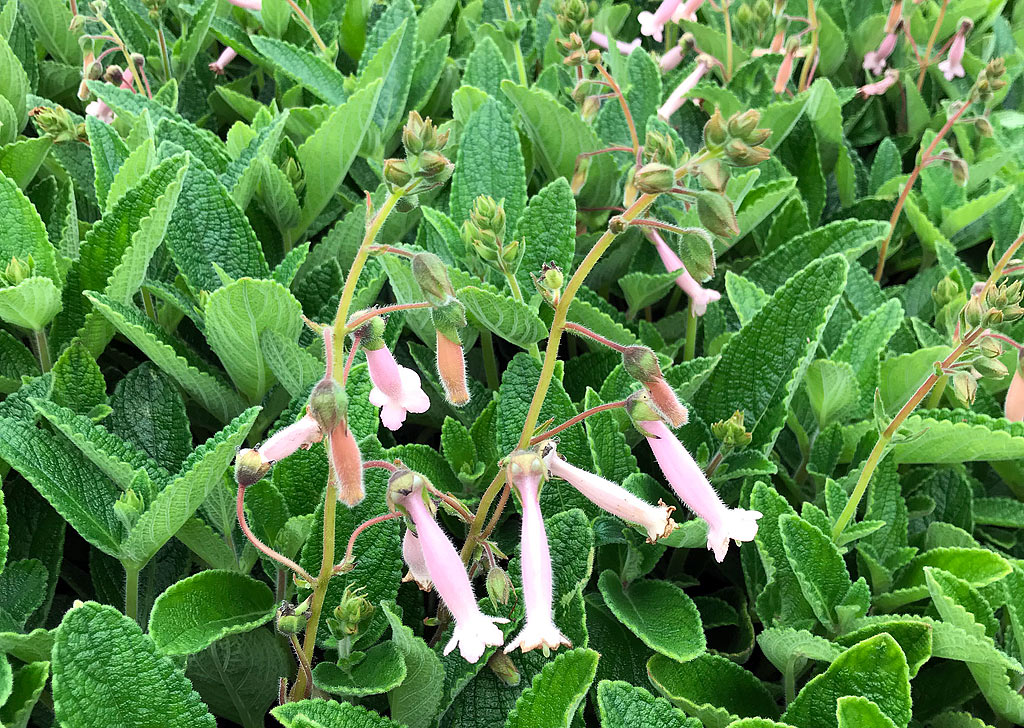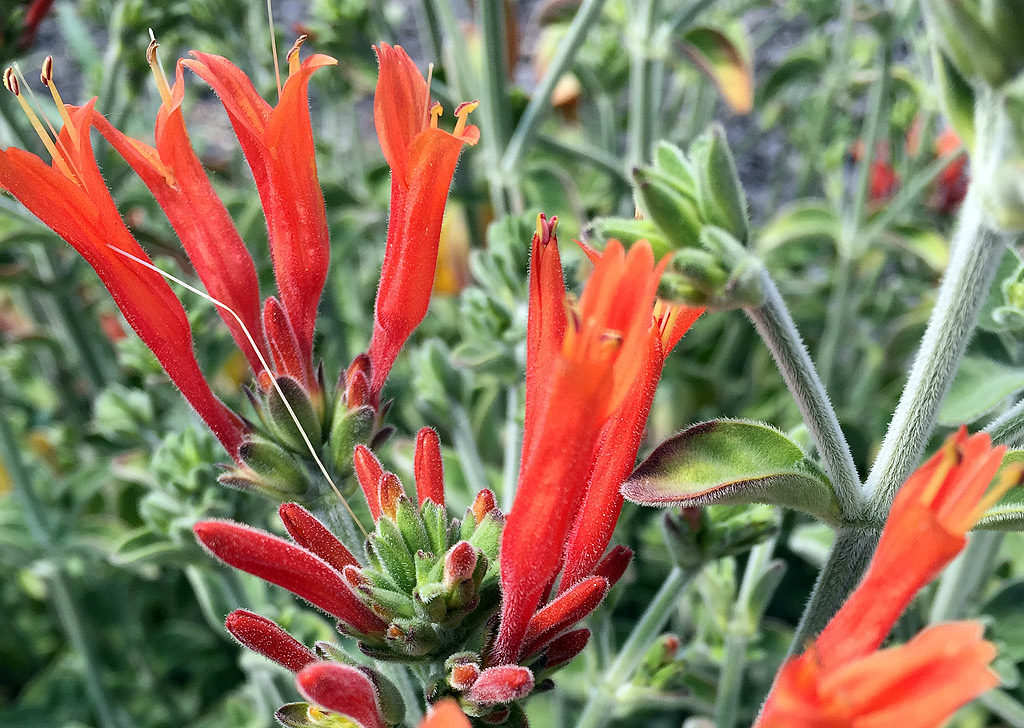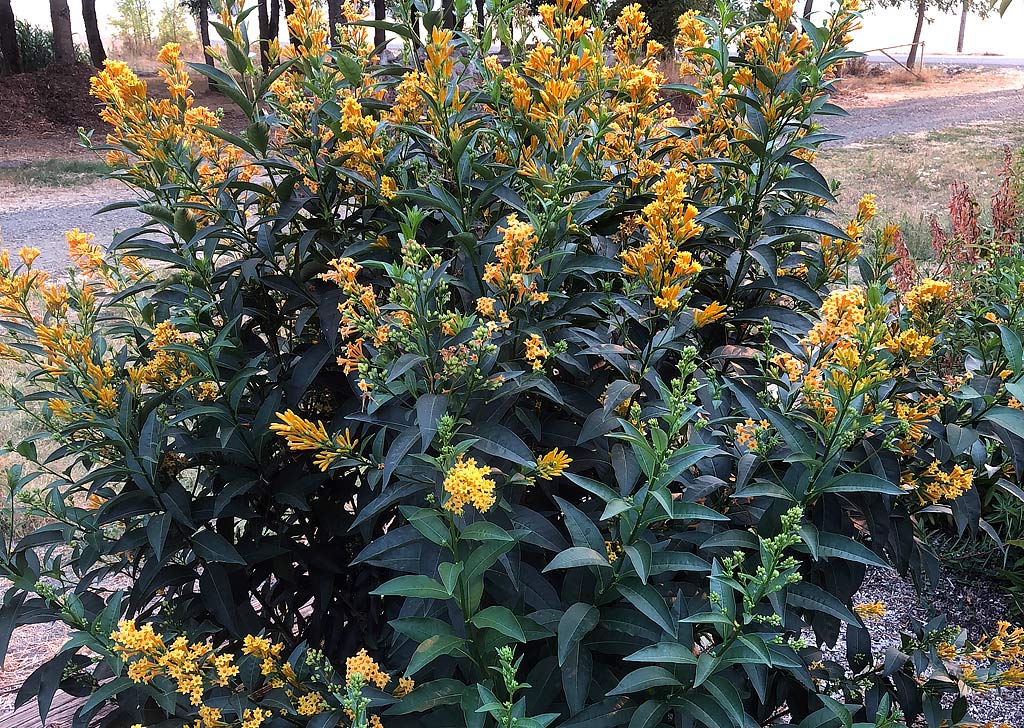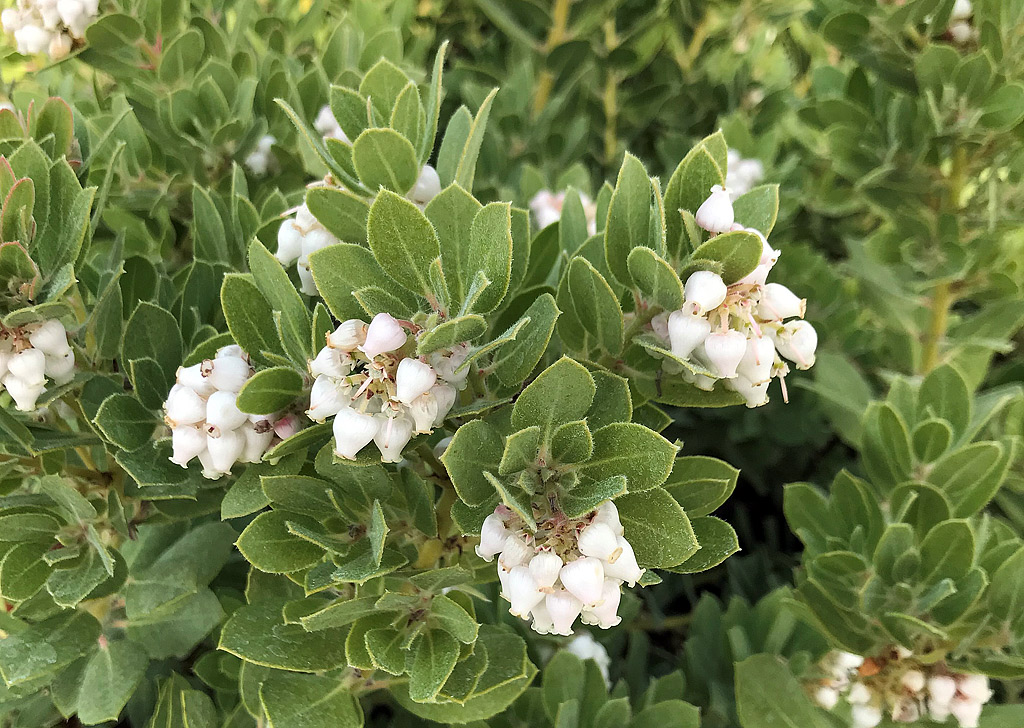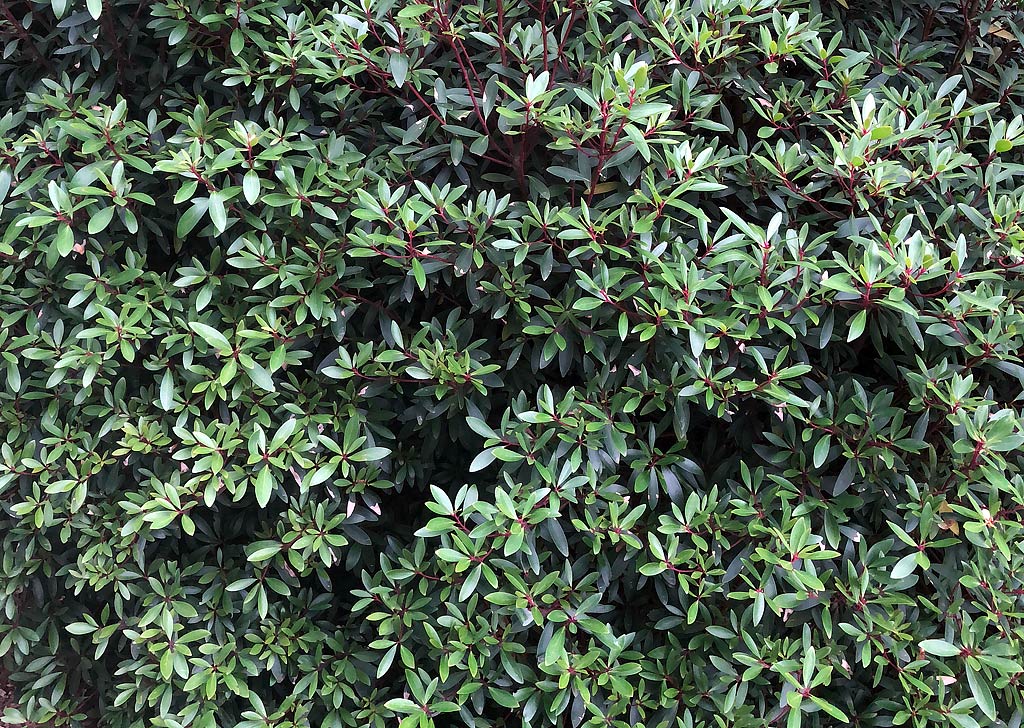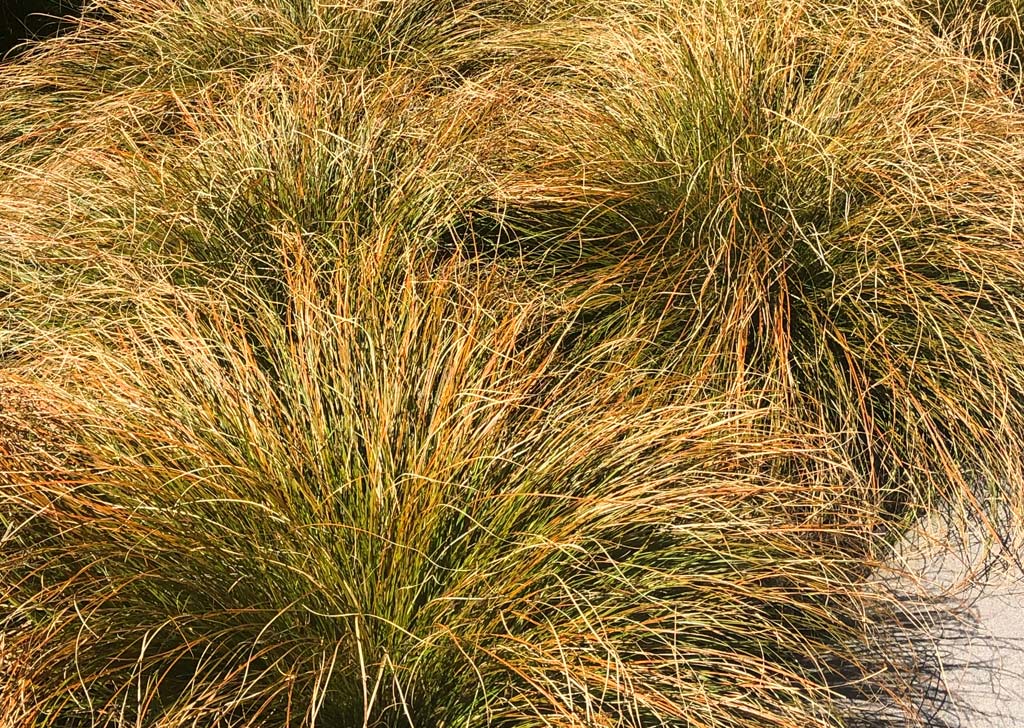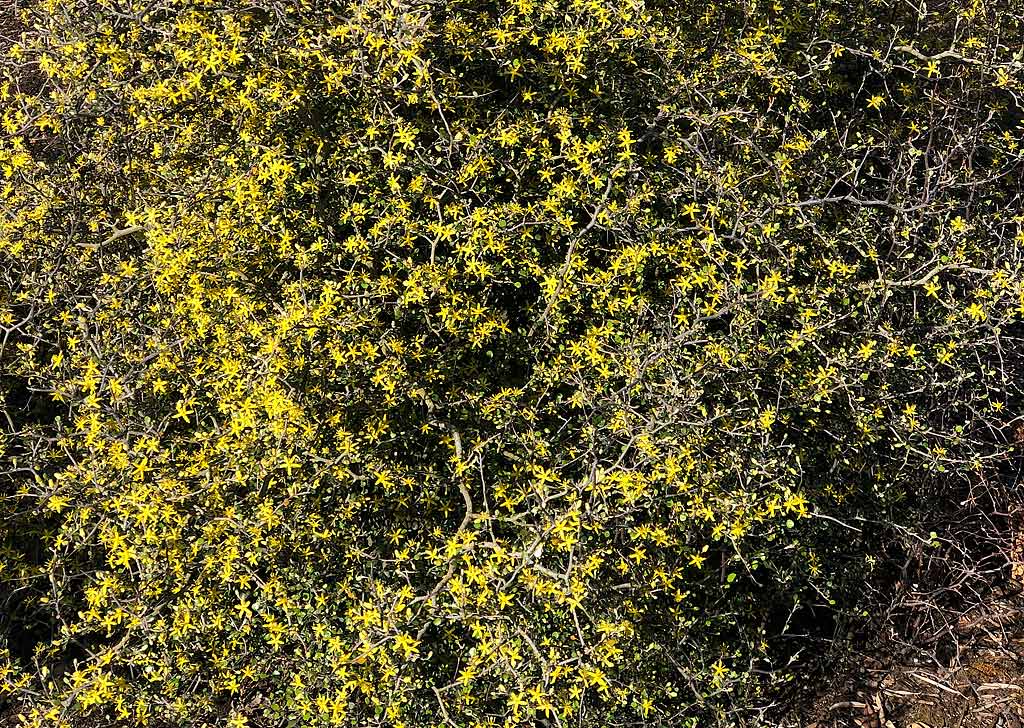Planting - Outdoors
10 Best Companion Plants for Succulent Gardens
We're thrilled to welcome a guest writer to the blog today: Mark Leichty, Director of Business Development at Little Prince of Oregon Nursery. He also writes a monthly column in Nursery Management Magazine called the Green Guide. There, he focuses on unusual plants that should be more available in ornamental horticulture. He is a life-long gardener and has a deep appreciation for rare and unusual plants. So let's tap into that knowledge to figure out:
Which Perennials Work with Succulents?
A well-designed garden incorporates elements of different heights. This provides visual structure and draws the eye to focal points in the landscape. Given that most succulents are low-lying, it can be difficult to achieve a balanced look with succulents alone. And yet, not many plants can tolerate the full sun, gritty soil, and low water conditions that succulents require.
I'm here to help! Below you'll find my ten favorite companion plants for succulent gardens. These plants can flourish in dry, sunny conditions and provide contrast with their height, colors, and flowers. And to top it off, all these plants are available for online ordering at Little Prince of Oregon!
1. Autumn Sage (Salvia greggii)
Salvia greggii cultivars present a range of flower colors. Hummingbirds and bees adore this plant! These semi-evergreen sages form clumps and can be pruned into shape before spring growth. They provide late season color with blooms lasting from late spring until the first frost.
Mature Size: 2.0' tall, 2.0' wide
Hardiness Zone: 7-9
Pair with: Rosularia platyphylla and Sempervivum 'Grammens'
2. Miscanthus sinensis 'Gold Bar'
'Gold Bar' is a striking ornamental grass marked with horizontal gold bands. It is drought tolerant once established, but will benefit from occasional summer water during long droughts. This showstopper even adds an element of movement to the garden when the wind blows. It’s also deer resistant and sports bold, burgundy seed heads in the fall.
Mature Size: 5.0' tall, 4.0' wide
Hardiness Zone: 5-9
Pair with: Sedum 'Angelina' and Sempervivum 'Black'
3. Santolina virens 'Lemon Fizz'
Santolina virens 'Lemon Fizz' is an evergreen ground cover with fragrant foliage. It is an eye-catching chartreuse and contrasts well with the red tones typical of many succulents. Its summer blooms are also bright yellow and attract pollinators to the garden. 'Lemon Fizz' has a lush, mounding habit and makes a gorgeous border plant or a stand-alone specimen.
Mature Size: 18.0" tall, 12.0" wide
Hardiness Zone: 6-9
Pair with: Aeonium 'Black Rose' and Sedum album 'Black Pearl'
4. Sinningia 'Invasion Force'
Sinningia 'Invasion Force' is an herbaceous perennial. Foliage is blue-green, elongate, and fuzzy-looking. It has pink, tubular flowers that persist from early summer through fall. This cultivar grows in full sun to part shade and is drought tolerant once established. I love this plant almost as much as the hummingbirds and bees do!
Mature Size: 4.0' tall, 4.0' wide
Hardiness Zone: 7-9
Pair with: Sedum Sunsparkler 'Wildfire' and Sempervivum 'Pink Lotus'
5. Hummingbird Plant (Dicliptera suberecta)
Also known as Uruguayan Firecracker Plant, this plant is both beautiful and a great attractor for hummingbirds and bees. It sports orange flowers from July to October. Dicliptera has lush, velvety blue-gray foliage. You will want to touch it!
Mature Size: 18.0" tall, 2.0' wide
Hardiness Zone: 7-9
Pair with: Agave and Echeveria
6. Jessamine (Cestrum sp.)
Cestrum 'Orange Zest' and Cestrum newellii 'Ruby Clusters' are both drought tolerant. They have a tropical look and are great companion shrubs for succulents. They are deciduous and seem to do best with winter pruning. Prune them back to about 1.0' tall in early spring. Jessamines are deer-resistant and loved by hummingbirds and bees.
Mature Size: 5.0' tall, 4.0' wide
Hardiness Zone: 7b-11
Pair with: Delosperma sp. and Sedum makinoi 'Ogon'
7. Manzanita (Arctostaphylos sp.)
Manzanitas are small evergreen trees or shrubs. They bloom in winter and early spring and provide nectar for early foraging bees. Many species and cultivars have beautiful red bark. We grow over 30 varieties of Arctostaphylos at Little Prince. A. 'Monica', A. pumila, and A. 'Lester Rowntree' are my favorites.
Mature Size: Varies by variety
Hardiness Zone: 7-9
Pair with: Sempervivum 'Royal Ruby' and S. heuffelii 'Aphrodite'
8. Mountain Pepper (Drimys lanceolata)
Drimys lanceolata, or Mountain Pepper Bush, is a lovely evergreen shrub. It has stunning, red stems and dark green leaves. Mountain Pepper is drought tolerant once established, but (like succulents) may need occasional water in hot, dry summers.
Mature Size: 12.0' tall, 10.0' wide
Hardiness Zone: 7-10
Pair with: Sedum sediforme 'Turquoise Tails' and Sempervivum arachnoideum 'Cebenese'
9. Orange Sedge (Carex testacea)
Carex testacea is a rust-colored sedge that makes a great succulent companion. It brings an airy look to plantings that succulents lack. Grasses also rustle in the wind, creating movement in an otherwise rigid garden. Its coloration, a lovely orange to copper tone, is also somewhat rare in the plant world.
Mature Size: 2.0' tall, 2.0' wide
Hardiness Zone: 6-10
Pair with: Sempervivum heuffelii 'Passat' and Sedum spurium 'Red Carpet'
10. Wire Netting Bush (Corokia cotoneaster)
I love this plant for its twisted, almost skeletal structure. It is deciduous, and in winter it almost looks dead. Even then it has a stark, contorted beauty. In spring it's covered with dainty bright-yellow flowers. I recommend pruning heavily to keep this plant to 3.0' to 4.0' tall and only 1.0' to 2.0' wide. This way, you can thin out its branches and get a more open look.
Mature Size: 8.0' tall, 8.0' wide (heavy pruning recommended)
Hardiness Zone: 7b-10
Pair with: Chick Charms® 'Gold Nugget' and S. heuffelii 'Gold Bug'
Further Resources
There are many other worthy selections for companion plants in the succulent garden. Debra Lee Baldwin's book, Designing with Succulents, has an excellent chapter discussing companion plants. You can find even more options in the book Waterwise Plants for Sustainable Gardens.
I hope you find my top ten selections useful. I have grown them all in my own gardening and feel confident in my recommendations.
Mark Leichty

